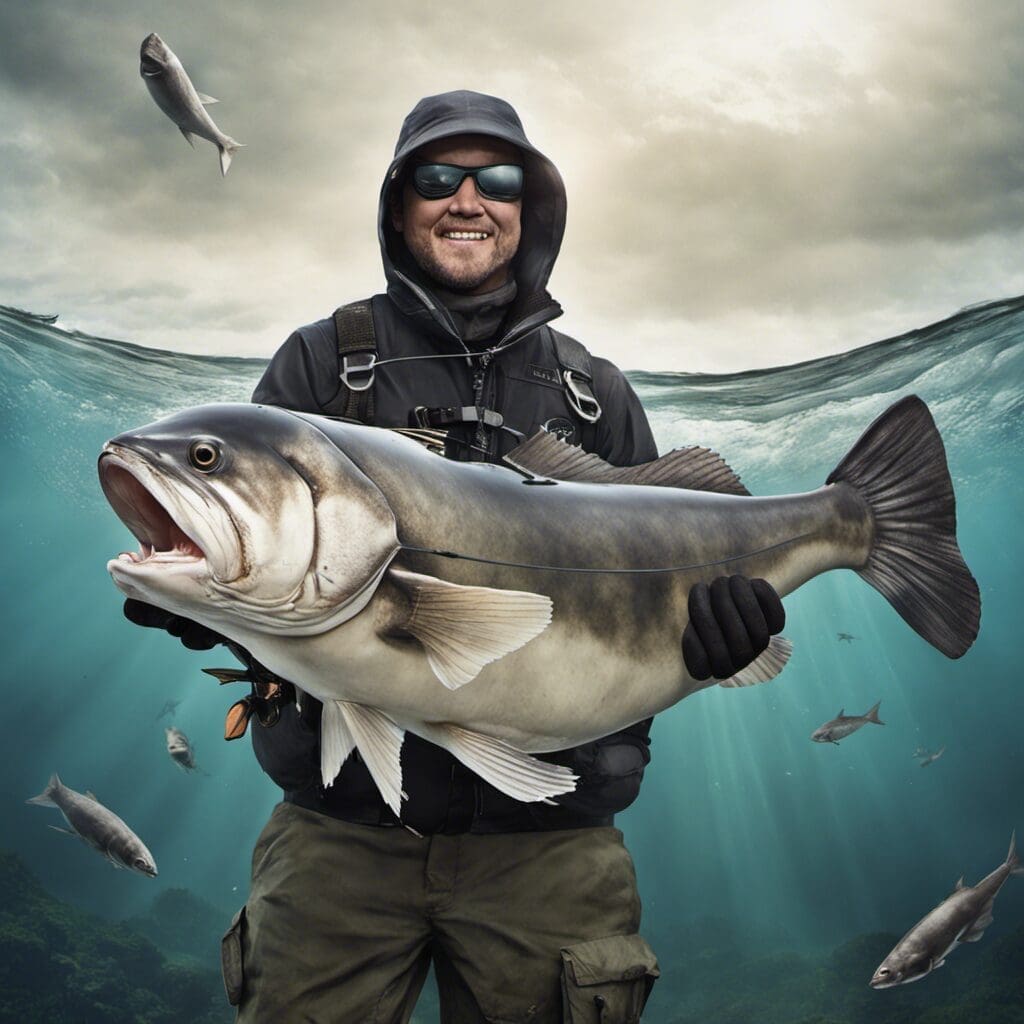Introduction
The Pacific Halibut, scientifically named Hippoglossus stenolepis, is a prominent species in the Pleuronectidae family known for its large size and commercial value.
Conservation Status
The current conservation status of the Pacific Halibut is classified as “least concern” by the International Union for Conservation of Nature. Due to effective management and regulation strategies, the species has been able to sustain healthy population levels.
Statistics
- Average Length: 3.5 feet
- Length Range: 1-8 feet
- Average Weight: 50 pounds
- Weight Range: 15-500 pounds
- Average Lifespan: 30-50 years
Distribution
Native to the North Pacific Ocean, the Pacific Halibuts are found from the coasts of California and Japan, reaching up to the Bering Strait and beyond. Seasonal migration patterns result in a shift towards the shallower continental shelf waters during the spawning period.
Habitats
The Pacific Halibut prefers cold, marine water. Its depth range varies significantly, often found between a range of 20-3,500 feet, depending on the life stage. The temperature profile of such depths ranges roughly from 3°C to 8°C.
When and Where to See
Best observed during their summer feeding season when they migrate to shallow waters. Daylight hours are generally the best for observing these species as they tend to feed during the day.
Best Fishing Locations
Some effective spots for fishing Pacific Halibut include:
- Homer, Alaska
- Halibut Cove, Alaska
- Sitka, Alaska
- Kodiak, Alaska
- Prince William Sound, Alaska
When specific locations aren’t known, look for sandy or muddy bottoms in the depth range preferred by the fish.
How to Catch
Preferred bait for catching Pacific Halibut includes squid, octopus, and herring. Pivotal techniques include deep sea fishing and bottom fishing, especially during summer.
Identification Guide
The Pacific Halibut has a distinctive flat, diamond shape with both eyes on the right side of the body. Color varies from dark greenish-brown to lighter shades on the eyed side, while the blind side is white.
Culinary
When cooked, Pacific Halibut is lean and mild with a unique, sweet flavor. It is characterized by its large flakes and firm texture.
Nutritional Information
- Calories: 94
- Protein: 20g
- Fat: 1.4g
- Cholesterol: 36mg
Recipes
Pacific Halibut can be prepared in several ways, including grilling, baking, and frying. Recipes range from simple grilled fillets to complex meals involving sauces and seasoning combinations.
Additional Information
Pacific Halibut have voracious feeding habits and primarily consume fish, but may also eat crustaceans and cephalopods. Predators include sea lions, killer whales, and humans. The species also holds significant cultural value, specifically among northern Pacific indigenous communities.
References and Further Reading
Sources for referenced information on the Pacific Halibut are numerous and include academic articles, field guides, and fisheries reports. Recommended readings might include ‘The Pacific Halibut: Biology, Fishery, and Management’ by F. H. Fay and ‘Pacific Halibut – The Resource and the Fishery’ by the Alaska Sea Grant College Program

